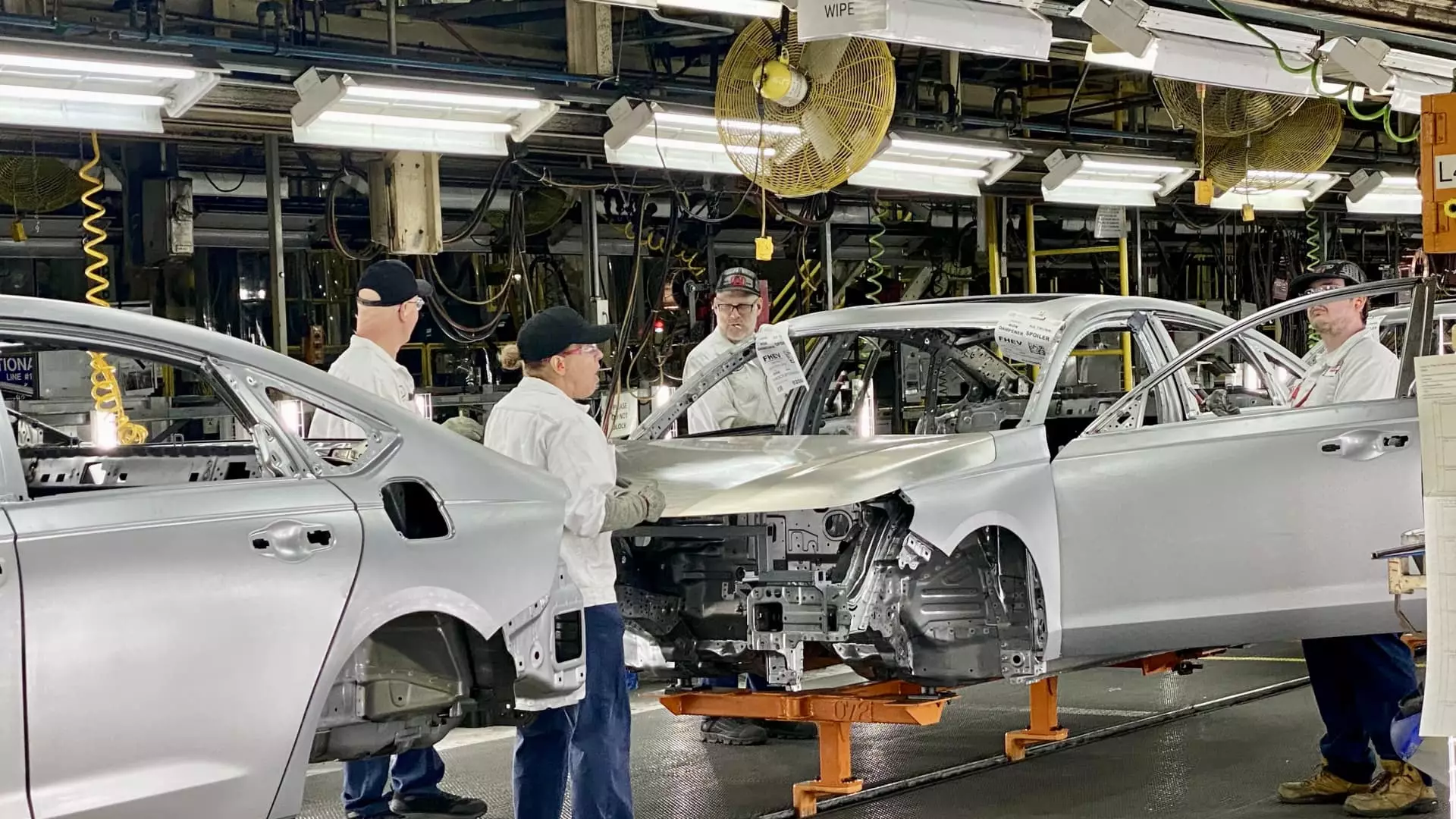Honda Motor Co., a notable figure in the automobile industry for over 75 years, is poised to transform its manufacturing landscape with significant investments in Ohio. In a surprising shift away from its traditional roots in Japan, Honda is committing over $1 billion to enhance its production capabilities in this Midwestern state. This article delves into Honda’s ambitions and the strategic importance of this investment in the context of electric vehicle (EV) manufacturing.
The latest investment announcement from Honda highlights a keen focus on modernizing production methods and pivoting toward electric vehicles. Initially pegged at $700 million, the investment has ballooned to over $1 billion, signifying the company’s commitment to establishing a robust EV manufacturing infrastructure in Ohio. Central to these advancements are the installation of six “giga presses,” renowned for their efficiency in producing large vehicle parts. This technology has gained popularity in the automobile industry, notably with Tesla, and its introduction marks a crucial step in Honda’s manufacturing evolution.
Additionally, Honda plans to implement a new “cell” manufacturing system dedicated to producing EV battery cases. This comprehensive approach aims to create a self-sustaining ecosystem within Ohio’s manufacturing facilities, potentially making it the focal point for Honda’s global operations. By integrating conventional vehicles as well as hybrids and EVs into a single assembly line, Honda seeks to streamline production processes while maintaining versatility.
Honda’s strategy pivots on making Ohio a cornerstone of its electric vehicle production. The new facility, which includes a $3.5 billion battery plant, underscores the company’s ambition to establish a state-of-the-art EV hub that adheres to a global standard for electric vehicle manufacturing. According to Mike Fischer, North American leader for Honda’s battery-electric vehicle initiatives, the Ohio facility is designed to serve as a benchmark for technology and manufacturing processes worldwide.
Historically, major shifts in manufacturing practices would start in Japan before permeating to American facilities. However, this time, the shift is taking place in Ohio due to strategic considerations, including the need for localized production amidst changing trade policies. The Biden administration’s push to strengthen domestic manufacturing has had a considerable influence on this decision, marking a departure from the previous administration’s stance that faced potential tariffs on imported vehicles.
While Honda has been a critical player in the automotive sector, it has been perceived as lagging in the race to transition to electric vehicles. Currently, Honda’s all-electric offerings, such as the Honda Prologue and Acura ZDX, are manufactured by General Motors in Mexico, indicating a reliance on third-party production. However, with the anticipated rollout of the electric Acura RSX crossover at the Marysville plant, Honda is making strides to reclaim its competitive edge in the EV market.
As the automaker prepares to release additional electric models, including the Honda 0 SUV and Honda 0 Saloon EV prototypes, the tangible steps toward establishing a dedicated EV manufacturing base in Ohio are crucial. The memory of being late to market serves as a motivation for Honda to adopt cutting-edge technologies and production techniques swiftly.
Beneath the technological advancements lies a commitment to sustainability. Honda aims to achieve zero environmental impact by 2050, supporting this objective through innovative practices and renewable resources in their manufacturing processes. The use of specialized structural aluminum for EV battery packs, which can be recycled and reused, reflects Honda’s dedication to reducing its ecological footprint.
In the assembly plants, nearly 60 flexible manufacturing “cells” will be employed to optimize the production of battery packs. This shifting approach, which emphasizes parallel workflows over traditional assembly lines, allows for increased efficiency and better management of production challenges. The intent is not just to produce vehicles more proficiently but to do so with a heightened sense of responsibility toward the environment.
Honda’s considerable investment in Ohio marks a transformative moment for the company. By reimagining its manufacturing processes and fully embracing electric vehicle technology, Honda is not only aligning with current automotive trends but also establishing a model for future production. This pivot towards sustainable and innovative practices positions Honda to play a leading role in the next era of the automotive industry, all while maintaining its reliability and commitment to quality. As it forges ahead, Honda’s Ohio venture epitomizes a bold step into a sustainable, electrified future.

